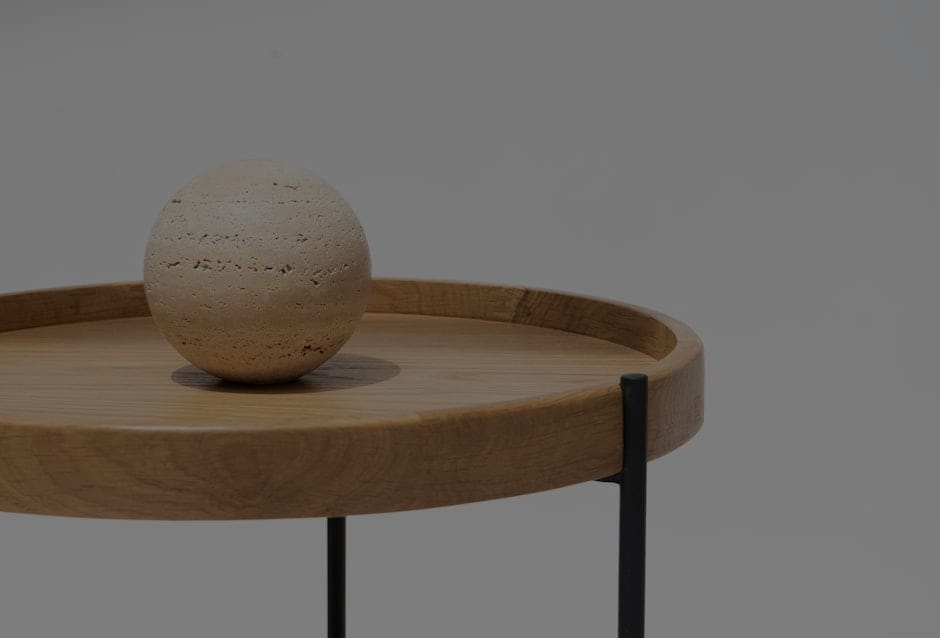**Abstract**: Discover how to seamlessly integrate feng shui ornaments into your home decor to create a harmonious environment that promotes balance and style. Transform your space while enhancing energy flow.
Understanding Feng Shui: The Foundation of Balance
Feng shui, an ancient Chinese practice, emphasizes the importance of spatial arrangement and energy flow. By incorporating feng shui ornaments into your home, you can enhance the positive energy, or “chi,” that flows through your living space. This practice isn’t just about aesthetics; it’s about creating an environment that nurtures well-being and tranquility. Understanding the principles of feng shui will help you choose the right ornaments that resonate with your intentions, leading to a more balanced and stylish home.
Choosing the Right Ornaments for Your Space
When selecting feng shui ornaments, consider the specific energy you wish to cultivate in each room. For instance, a crystal can amplify positive energy in a living room, while a bamboo plant can bring vitality to a workspace. Look for items that resonate with your personal style and the overall theme of your home. Always prioritize quality over quantity; a few carefully chosen pieces will be more effective than cluttering your space with numerous items that don’t align with your goals.
Placement Matters: Creating Energy Flow
The placement of feng shui ornaments is crucial to achieving the desired energy flow. For example, placing a water feature, such as a small fountain, in the east can enhance health and family harmony. Similarly, mirrors can be strategically positioned to reflect light and energy, making spaces feel larger and more inviting. Take time to assess each room’s layout and experiment with different placements until you find what feels right. Remember, feng shui is about creating a harmonious environment, so trust your instincts.
Color and Material: Enhancing Your Decor
Colors and materials play a significant role in feng shui. Earthy tones like beige and brown can promote stability, while vibrant colors like red and orange can energize a space. Incorporate materials that resonate with the five elements of feng shui: wood, fire, earth, metal, and water. For instance, wooden ornaments can bring warmth and growth, while metal items can enhance clarity and precision. By thoughtfully selecting colors and materials, you can create a cohesive and balanced decor that aligns with feng shui principles.
Personalizing Your Feng Shui Ornaments
Adding personal touches to your feng shui ornaments can enhance their effectiveness. Consider incorporating items that hold sentimental value or symbolize your aspirations. For example, a family heirloom can strengthen familial bonds, while a symbol of success can motivate you in your career. Personalization not only makes your decor unique but also deepens your connection to the energy of the space. This emotional resonance can significantly enhance the positive effects of your feng shui ornaments.
Maintaining Balance: Regular Adjustments
Feng shui is not a one-time effort but an ongoing practice. As your life changes, so should your decor. Regularly reassess your feng shui ornaments and their placements to ensure they continue to support your goals. Seasonal changes or significant life events may call for adjustments to maintain balance. This dynamic approach not only keeps your home feeling fresh but also ensures that your environment continues to promote positive energy flow.
Incorporating feng shui ornaments into your home decor can transform your space into a haven of style and balance. By understanding the principles of feng shui, selecting the right ornaments, and maintaining an ongoing practice, you can create a harmonious environment that supports your well-being and enhances your lifestyle. Embrace the journey of personalizing your space, and watch as the energy in your home flourishes.










